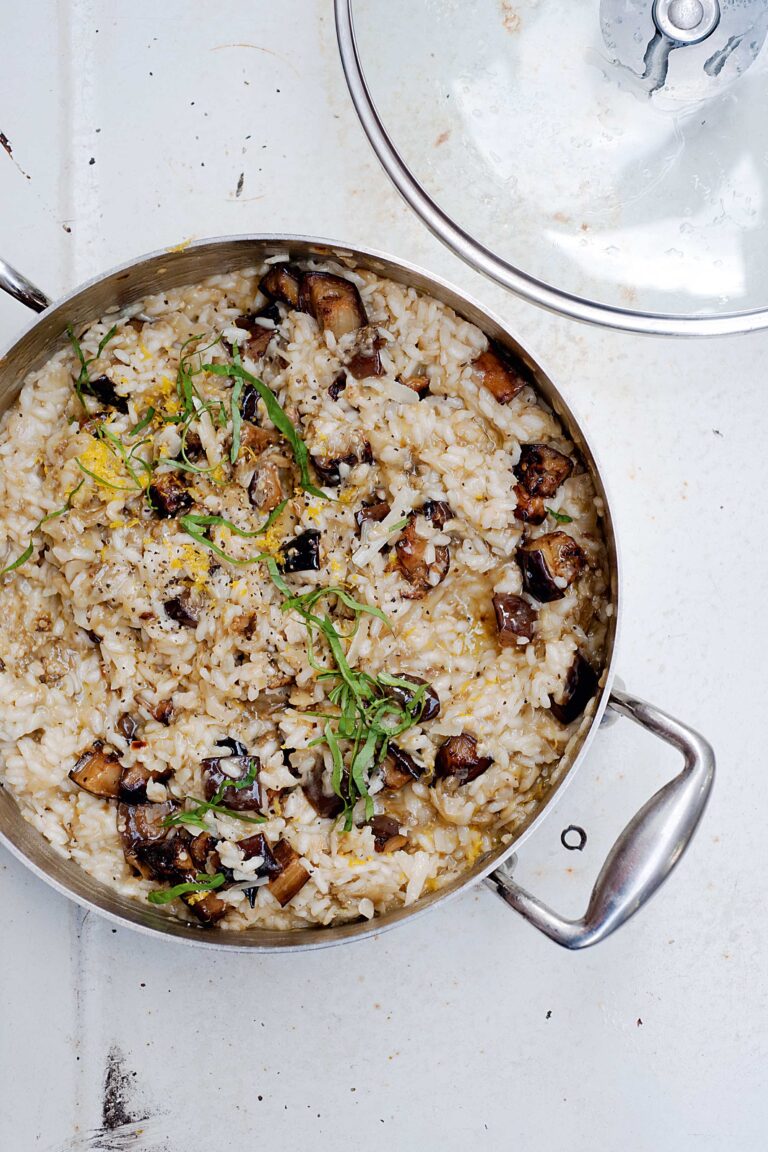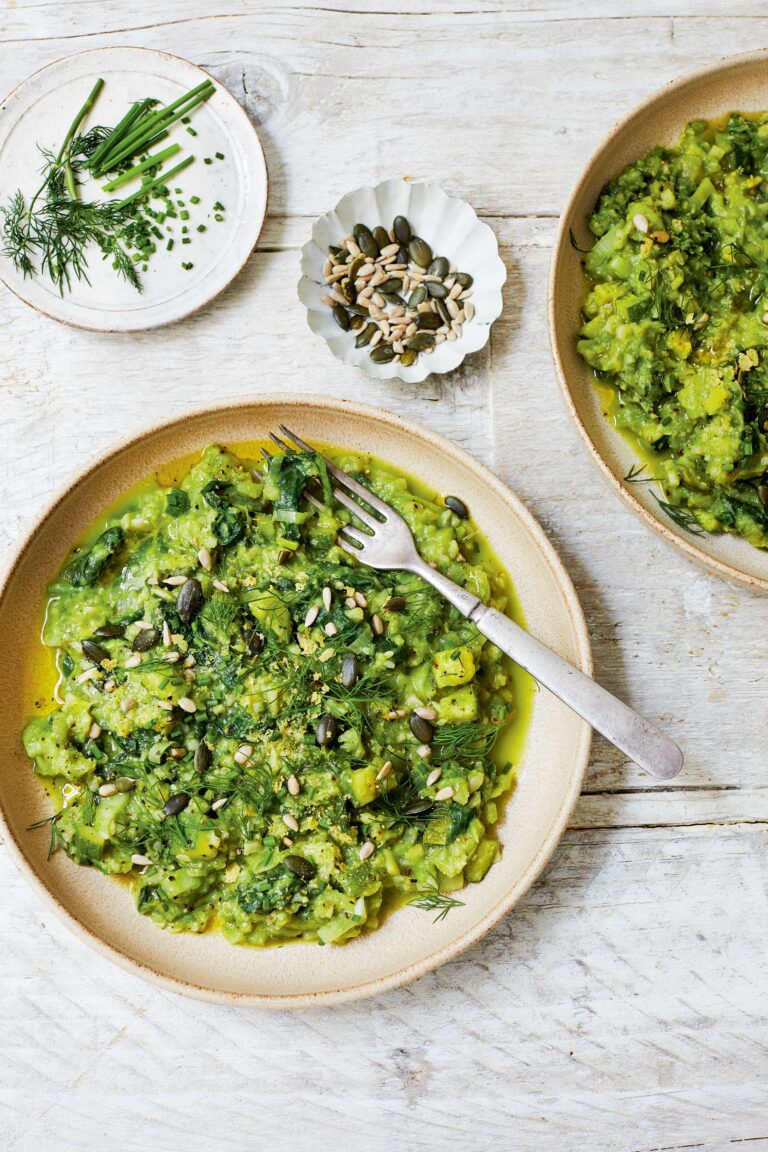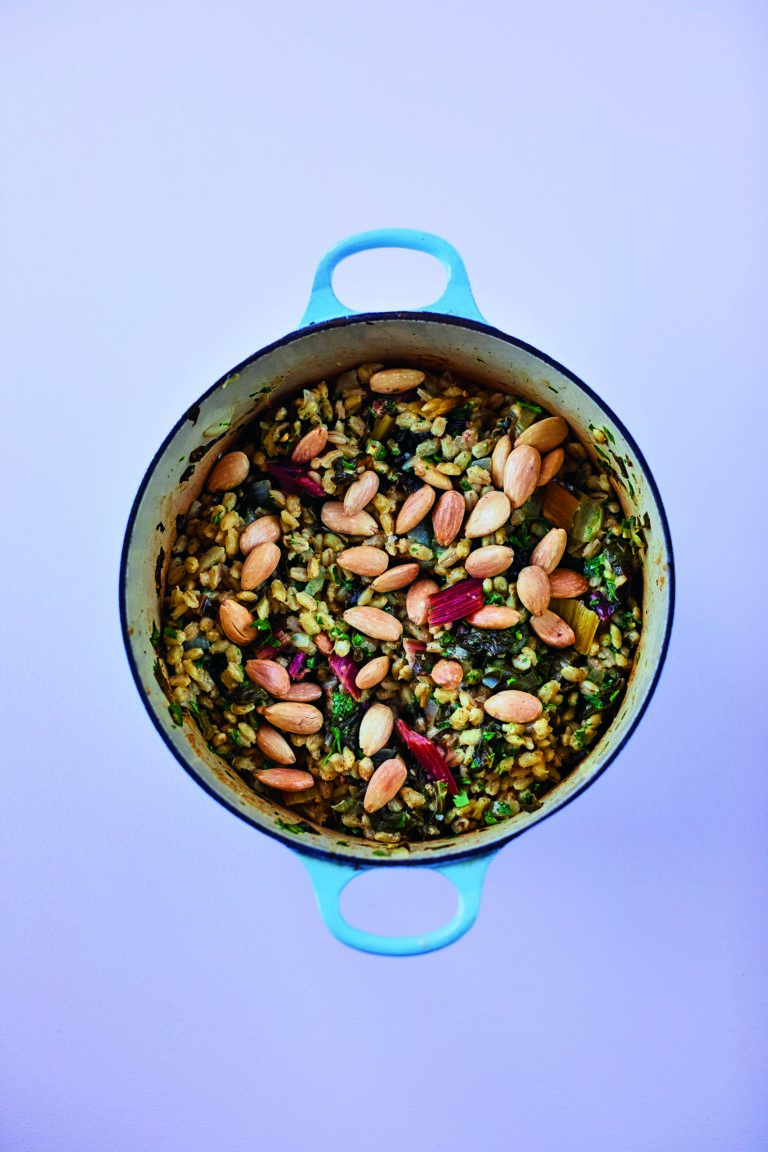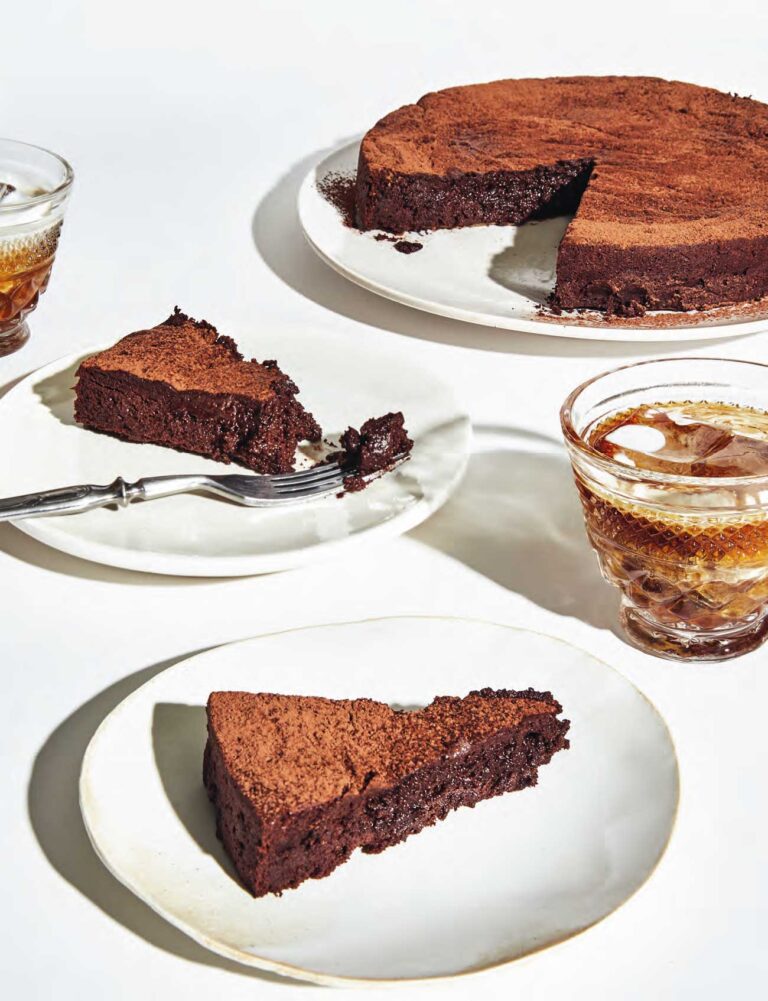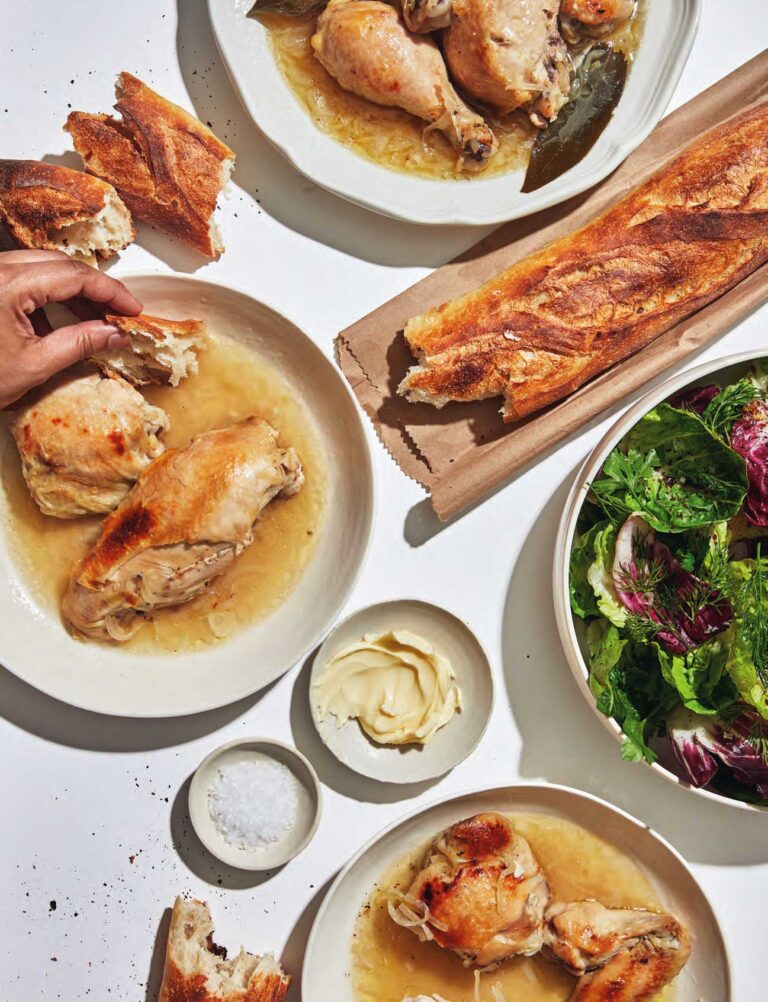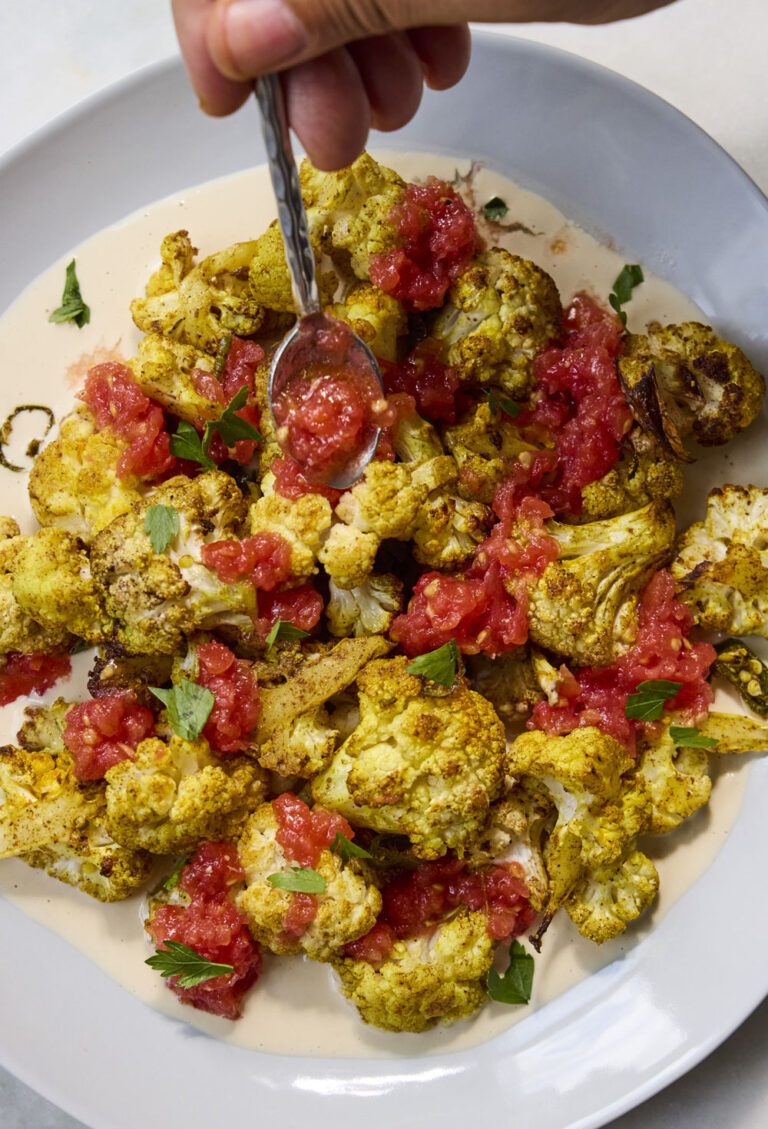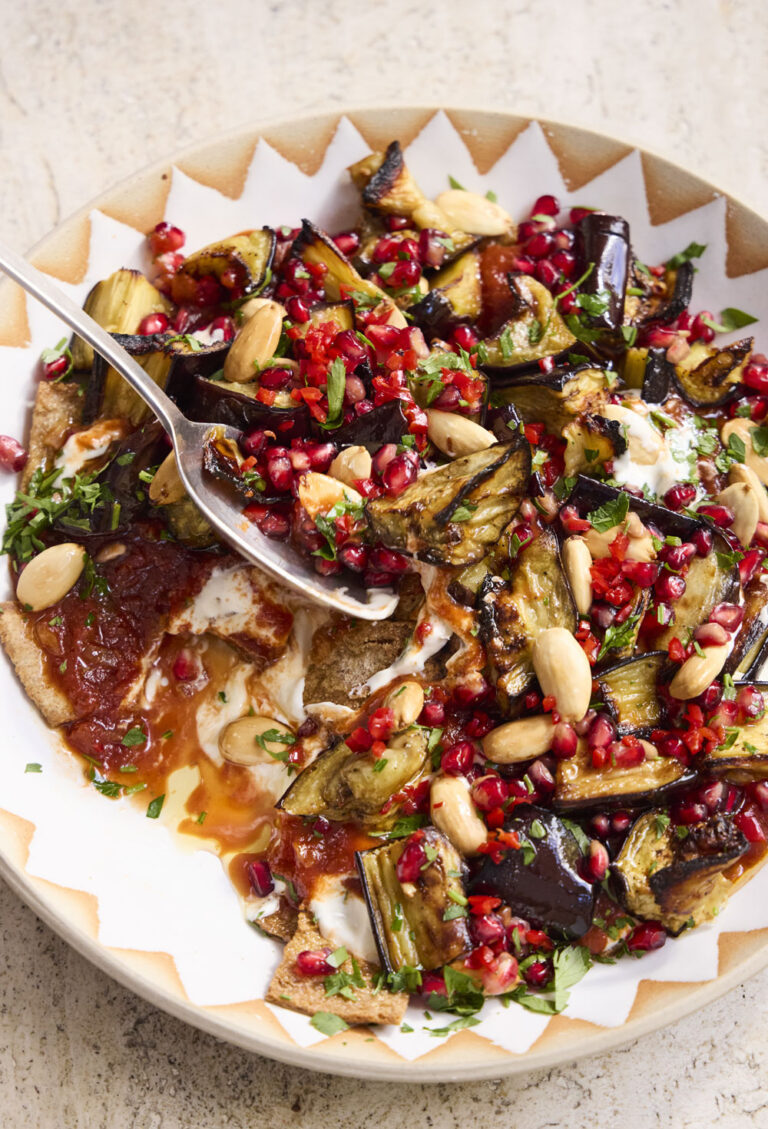Charred Lemon Risotto
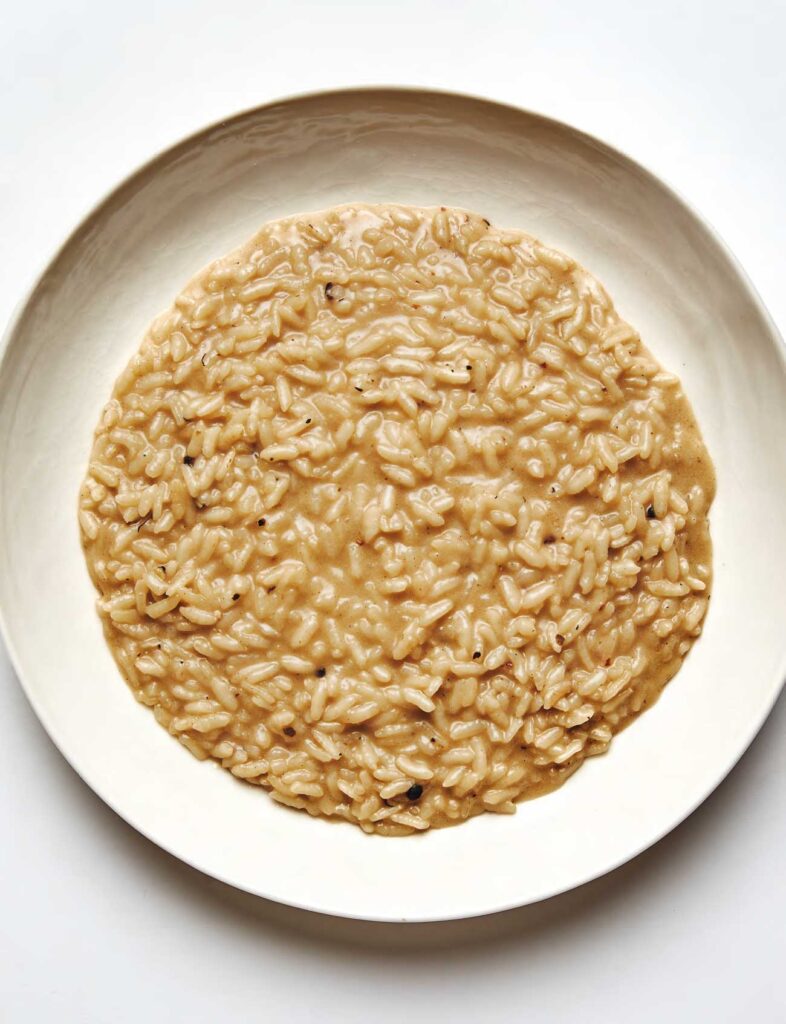
This simple creamy risotto packs a punch with the addition of intensely charred lemons that add a bright zesty flavour to the classic dish.
Introduction
I was always taught that good risotto starts with high-quality bone broth, but what if I don’t want to spend twenty bucks on dinner? Here I skip the broth and instead deeply char cut lemons in olive oil until the fat is speckled with bits of burnt flesh. Don’t be alarmed, the bitterness from the blackening, once combined with salty parmesan and butter, adds unbelievable depth and richness. The charred lemon juice also slaps you with its brightness, so even with all that creaminess, your palate is never weighed down. This recipe makes a generous quantity, so feel free to cut the recipe in half if you’re only serving 2 or 3; the timing of the steps will remain the same. Risotto should have the al dente bite of properly cooked pasta with the saucy body of comforting rice porridge. This creamy texture is built by the starches hanging on to the outside of each grain of rice. As you stir and cook the rice, that starch is sloughed into the broth, making it thick and lush. However, before adding the broth, the rice is toasted in fat to turn up its nutty aroma. This direct heat deactivates some of those exterior starches, leaving the risotto less creamy than it could be. In order to take advantage of every speck of sauce-forging starch, I’ve adopted J. Kenji López-Alt’s technique of rinsing the rice in the risotto cooking liquid. Just a quick swish makes the risotto that much creamier.
Ingredients
| 2 cups | short-grain rice, such as Arborio, Carnaroli, or sushi rice |
| 6 cups | water, plus more as needed |
| 2 tsp | Diamond Crystal kosher salt, plus more to taste |
| ¼ cup | olive oil |
| 2 medium | lemons |
| 2 tsp | coarsely ground black pepper |
| 1 cup (about 4 oz/112g) | coarsely grated parmesan cheese |
| 4 tbsp | cold unsalted butter, cut into |
Essential kit
You will need: a fine mesh sieve.
Method
Rinse the rice: Put the rice in a fine-mesh sieve and set it over a medium saucepan. Slowly pour the water over the rice, gently swishing with a spatula, and collecting the starchy liquid in the saucepan below. Once drained, lift off the sieve and set aside. Season the starchy liquid with 2 teaspoons kosher salt and bring to a simmer over high heat. Cover and reduce the heat to low to keep warm.
Char the lemons: In a medium Dutch oven, heat the oil over medium heat until shimmering. Cut the lemons in half and place them cut-side down in the oil. Cook, undisturbed, until deeply charred (blackened bits will speckle the oil, that’s just what you want), 6 to 8 minutes. Flip and lightly sear the lemon rinds to flavor the oil, about 1 minute. Transfer the lemons to a cutting board to cool.
Toast the rice: Add the drained rice and pepper to the Dutch oven and stir to coat with the oil. Cook, stirring constantly, until the rice looks dry, smells toasty, and sizzles and pops, 3 to 5 minutes.
Simmer: Reduce the heat to medium-low and add enough of the warm starchy water to barely cover the rice. Cook, stirring frequently, until most of the liquid has been absorbed. Add the rest of the water in stages, each time adding enough to barely cover and stirring until absorbed before adding more.
Cook, stirring frequently, until the rice is almost tender but with a raw bite left at the core, and the water is thickened into a starchy sauce that generously immerses the rice. (If you’ve used up all the water before the rice is cooked, or need more starchy sauce, add hot tap water as needed. Err on the side of too loose, as the risotto will thicken as it cools.) Depending on the type of rice, this will take between 14 and 19 minutes.
Enrich the risotto: Add the parmesan and stir vigorously until
mostly melted. Add the butter and continue stirring until creamy and emulsified. Remove from the heat. Squeeze the charred lemons into the risotto through a fine-mesh sieve, pressing to push through any tender pulp; discard the rinds. Taste and add salt if needed. Serve right away
Reviews
Have you tried this recipe? Let us know how it went by leaving a comment below.
Thank you for your rating. Our team will get back to any queries as soon as possible.
Please note: Moderation is enabled and may delay your comment being posted. There is no need to resubmit your comment. By posting a comment you are agreeing to the website Terms of Use.

